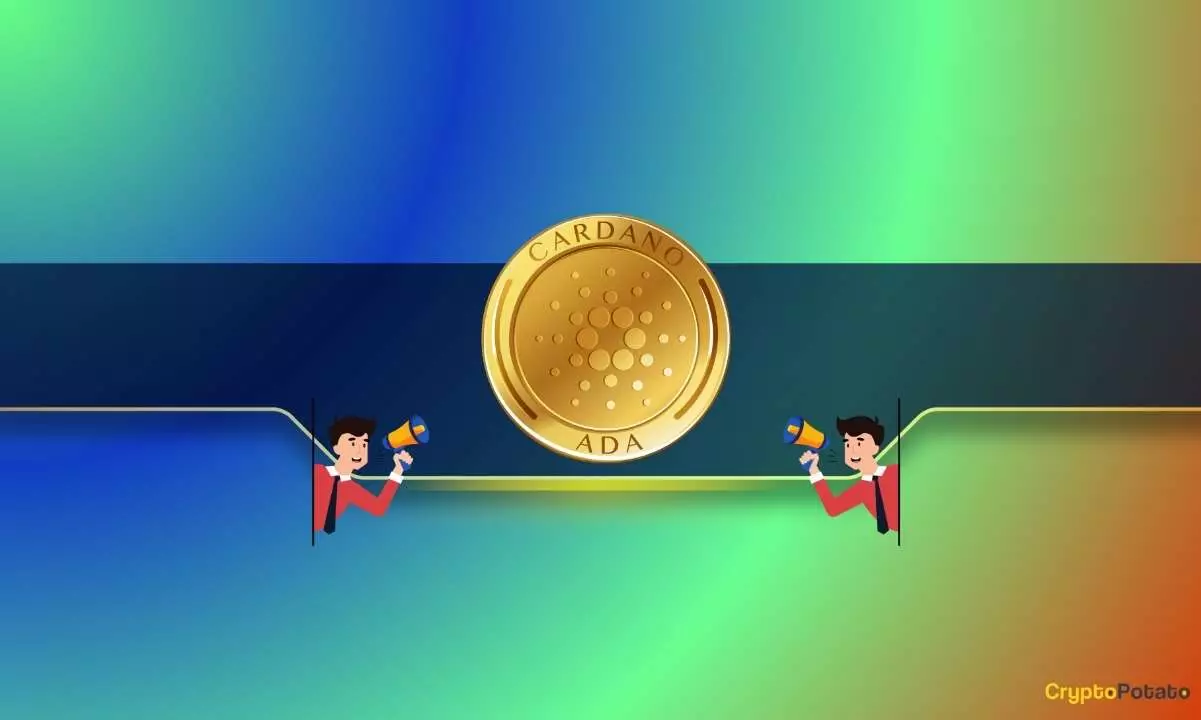The cryptocurrency landscape is ever-evolving, and recent developments indicate a significant shift towards clearer regulatory frameworks. Charles Hoskinson, the founder of Input Output Global (IOG), has announced plans to play a critical role in shaping cryptocurrency policy during the upcoming Trump administration. This news is particularly noteworthy, given the current climate of uncertainty in the crypto markets. By potentially bolstering regulations, Hoskinson’s involvement could create a more transparent and stable environment, which many investors have long been advocating for.
Following Hoskinson’s disclosure, the cryptocurrency market experienced a notable surge, with Bitcoin (BTC) hitting a staggering all-time high of $80,000. However, the spotlight was primarily on Cardano and its native token, ADA. The price of ADA soared, climbing nearly 30% shortly after the announcement, eventually stabilizing above $0.63. Such volatility in response to Hoskinson’s involvement reflects the market’s eagerness for more favorable conditions and the speculative nature of cryptocurrencies at large.
This immediate price spike has led to an astonishing 90% increase for ADA over the past week. Investors and traders alike are understandably excited about the potential that this regulatory clarity may bring. However, this enthusiasm raises concerns regarding the sustainability of such rapid growth and whether it may signify a frothy market approaching a peak.
With predictions circulating about ADA potentially reaching $1 by 2025, and even $3.4 by 2027, the speculation suggests confidence in both the token itself and the broader Cardano ecosystem. However, these projections hinge on several critical factors. For ADA to thrive, the Cardano network must expand its decentralized finance (DeFi) applications and user base significantly.
Moreover, the implementation of more transparent regulatory frameworks could restore trust among traditional investors, further driving demand. Still, the cryptocurrency market remains notoriously unpredictable, and while optimistic forecasts are appealing, they require cautious consideration.
While a more regulated environment may attract institutional investors and provide legitimacy, it can also introduce complexities that could hinder growth or innovation. For instance, overregulation could discourage developers from creating new projects due to compliance burdens. Thus, the balance between fostering innovation and ensuring adequate oversight will be crucial in the regulatory discourse.
The success of Hoskinson’s role in shaping these regulations will likely revolve around how well he can advocate for the interests of the crypto community while accommodating regulatory needs. In a landscape teeming with excitement yet fraught with uncertainty, the implications of his involvement could resonate for years to come.
While Charles Hoskinson’s planned participation in developing U.S. cryptocurrency policy may open doors for Cardano and the wider market, the longer-term implications remain uncertain. The cryptocurrency space thrives on innovation and adaptability, and the path ahead will depend on how effectively stakeholders can navigate the complexities of regulatory environments. Investors should remain vigilant, balancing optimism with prudence as they chart their course through this dynamic landscape.
















Leave a Reply